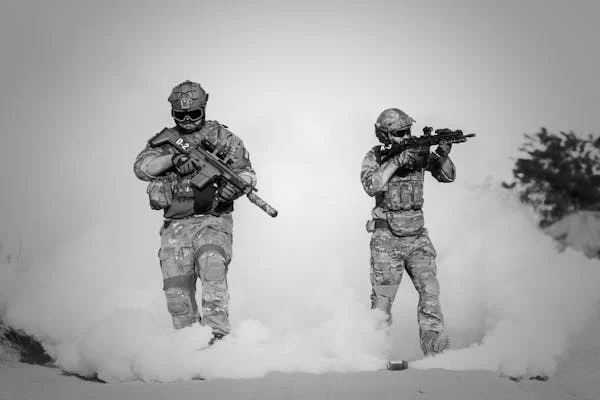Damascus, Syria – Intense clashes between Syrian government forces and armed groups loyal to President Bashar al-Assad have left dozens dead, raising concerns about escalating tensions within the war-torn country. The fighting, which erupted in recent days, has primarily taken place in the eastern and central regions of Syria, according to local sources and monitoring groups.
The violent confrontation comes amid longstanding grievances between factions within the Syrian regime. While government troops remain under the direct control of Damascus, various pro-Assad militias, some backed by foreign allies, have occasionally operated with relative autonomy, leading to internal frictions.
Escalating Tensions
The clashes reportedly began after disputes over territorial control and resource allocation in key strategic areas. Activists and local reports indicate that armed loyalist groups, believed to be affiliated with Iran-backed militias, engaged in firefights with Syrian army units in Deir ez-Zor and Homs provinces. Unverified reports suggest that at least 40 people have been killed, including soldiers and militia fighters, while dozens more have been injured.
A Syrian military source, speaking anonymously, stated that tensions flared after an attempt by government forces to reassert control over checkpoints held by pro-regime factions. “There have been growing disagreements over authority, resources, and the presence of foreign-backed groups in these regions,” the source said.
Regional Implications
The clashes highlight the fragile nature of Syria’s internal power structure, even as President Assad attempts to consolidate his hold over the country. The presence of external actors, including Iranian-backed groups and Russian military advisers, has further complicated the dynamics within the Syrian regime.
Observers note that Iran’s increasing influence in eastern Syria has led to friction between its allied groups and Assad’s central command, particularly in regions with lucrative smuggling routes and energy resources. “This is not just a military dispute; it’s also about economic control,” said a Middle East analyst based in Beirut.
International Concerns
The renewed violence has raised alarms among neighboring countries and international stakeholders. The United Nations has expressed concern over the instability, urging all parties to de-escalate and avoid further civilian casualties. The U.S. State Department, which has long opposed the Assad regime, condemned the violence, warning that infighting among pro-government forces could further destabilize the region.
As the situation develops, it remains unclear whether the clashes will subside or lead to a broader rift within the Syrian military and its allied factions. Analysts warn that continued infighting could weaken Assad’s control and create new challenges for the already fractured nation.
Humanitarian Crisis Worsens
The latest conflict has also worsened the humanitarian situation, with civilians caught in the crossfire. Thousands of families in the affected regions have reportedly fled their homes, seeking refuge in safer areas. The ongoing instability in Syria, exacerbated by economic hardships and a lack of essential services, continues to take a toll on the population.
The coming days will be crucial in determining whether the Syrian government can regain full control over its armed factions or if the internal power struggles will deepen existing fault lines within the regime.


